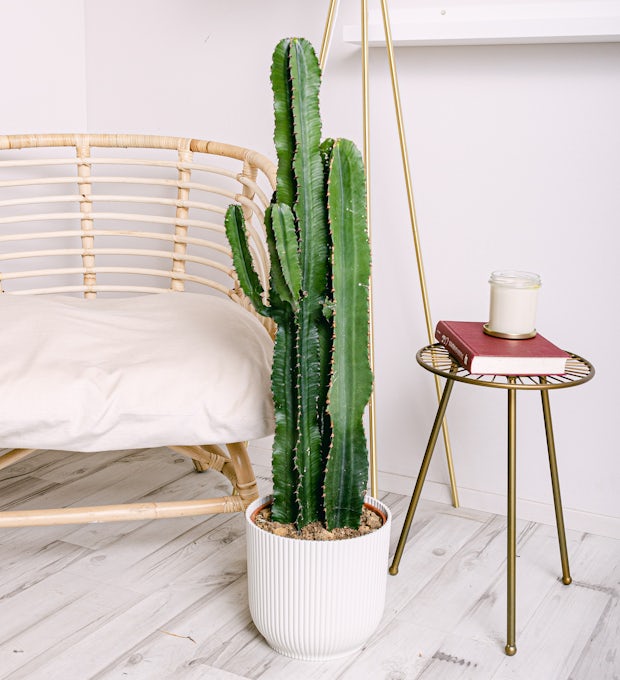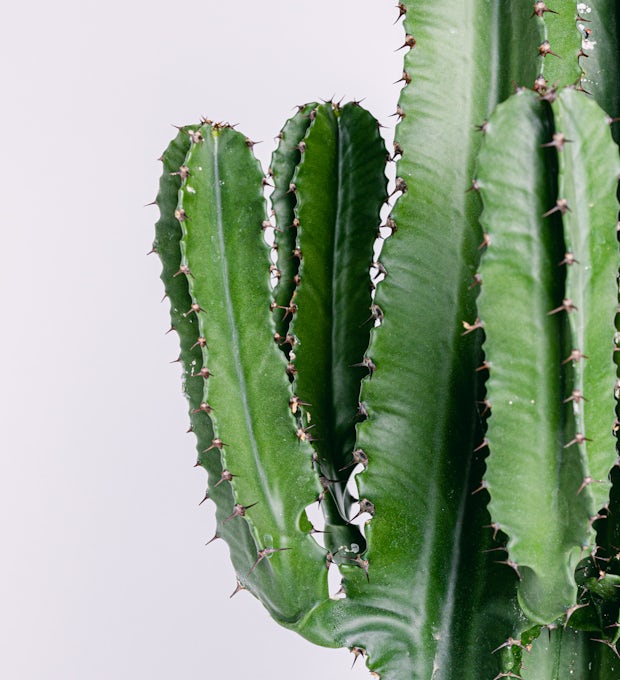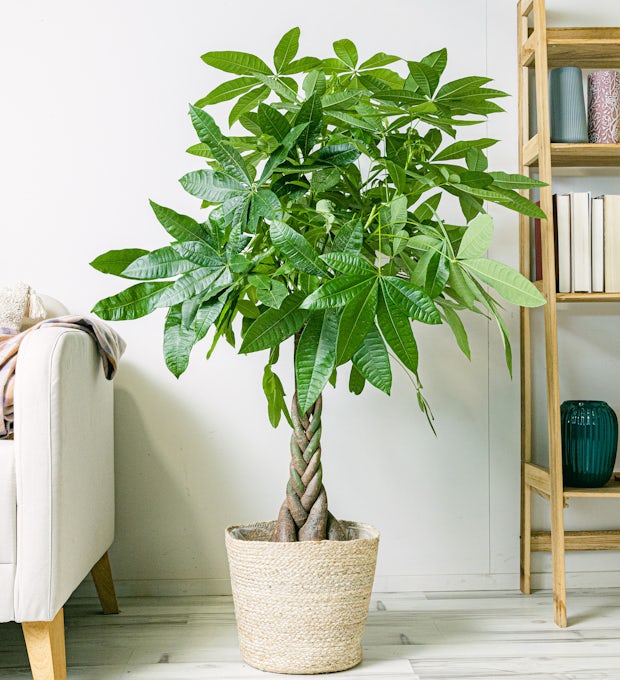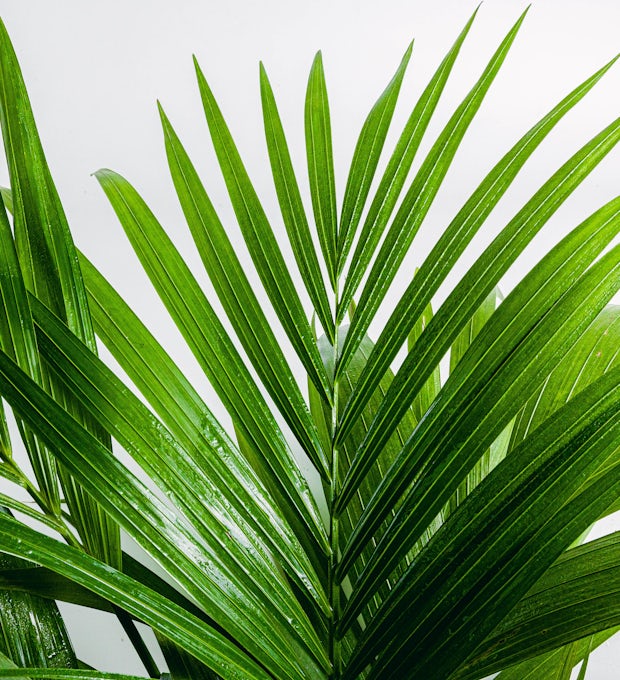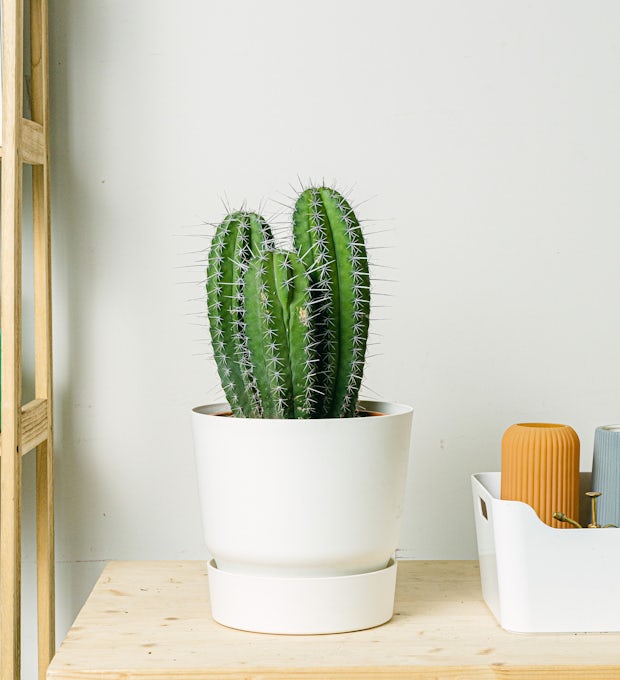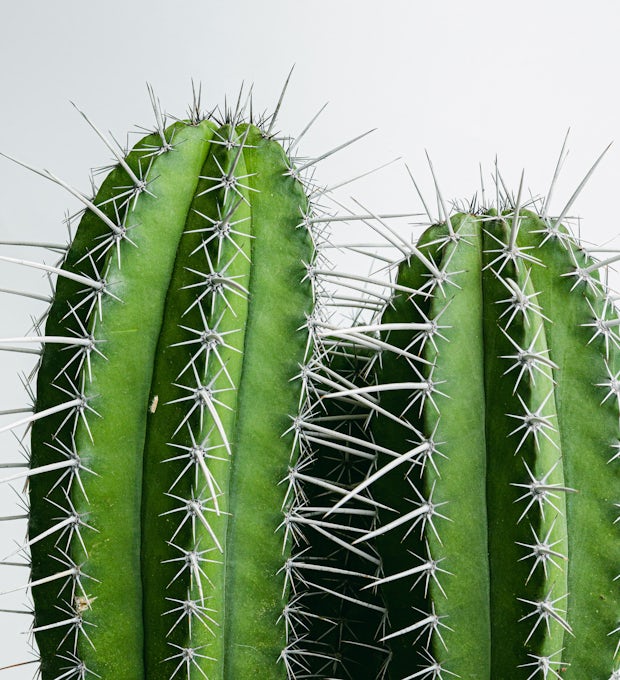If you are a lover of houseplants, you have surely encountered the problem of yellow leaves at some point. This is a common symptom that can affect different types of plants and can be caused by a variety of reasons. In this article, we'll provide you with information on why your plants' leaves may turn yellow, how to properly diagnose the problem, and what effective treatments you can use to combat it. In addition, we will give you useful tips to prevent the appearance of yellow leaves and properly care for your houseplants most prone to this problem. With this practical and educational guide, you'll be able to keep your plants healthy and looking beautiful at all times.
Why do houseplant leaves turn yellow?
Houseplant leaves can turn yellow for a variety of reasons, and it's important to understand them so you can take proper action. One of the most common causes is over- or under-watering. If the leaves turn yellow and mushy, they are likely getting too much water, which can lead to root rot. On the other hand, if the leaves are dry and yellowing, it is likely that the plant is suffering from dryness and needs more frequent watering. Another common cause is a lack of light. If a plant doesn't get enough sunlight, its leaves can turn yellow and pale. In addition, environmental stress, such as sudden changes in temperature or drafts, can also cause the leaves to turn yellow. In some cases, the presence of pests such as spider mites or aphids can damage the leaves and cause them to change color. Identifying the specific cause of yellow leaves is critical to being able to treat the problem correctly and keep our plants healthy and vibrant.
The Most Common Causes of Yellow Leaves on Different types of Plants
Yellow leaves on houseplants are a sign that something isn't working right. The most common causes of this problem are too little or too much water, exposure to extreme temperatures, lack of sunlight, and insufficient nutrients in the soil. In some plants, such as succulents, yellow leaves can be a sign that they are getting too much water, which can damage their roots. On the other hand, if yellow leaves appear on plants that require a lot of water, such as ferns, they may be suffering from dry soil. In addition, plants that are kept in areas with temperatures that are too cold or hot may also exhibit yellow leaves.
Another important factor is sunlight. Some plants need plenty of light to grow healthily, while others prefer partial shade. If a plant doesn't get enough sunlight, its leaves may turn yellow and fall off. Finally, nutritional deficiencies can also be a common cause of yellow leaves on plants. Plants need certain nutrients to grow strong and healthy, and if they don't get enough of these nutrients through the soil, their leaves may start to show signs of weakness.
In summary, there are many reasons why houseplant leaves can turn yellow. It is important to correctly diagnose the problem so that effective steps can be taken to treat it. Maintaining a proper balance of water, temperature, and sunlight, as well as providing the necessary nutrients through the soil are important measures to prevent the appearance of yellow leaves on our houseplants.
We ship plants to all locations, you can see more options here.
Tips to prevent the appearance of yellow leaves on your plants
To prevent the appearance of yellow leaves on your houseplants, it's important to keep some practical tips in mind. First of all, it's essential to provide your plants with the right conditions for their growth and development, such as light, water, and the necessary nutrients. To do this, you need to educate yourself on the specific needs of each type of plant and adapt its care accordingly.
Another important factor is to avoid overwatering or underwatering, as both can lead to the appearance of yellow leaves. It is advisable to water the plants with water at room temperature and in sufficient quantity to moisten the entire substrate without waterlogging it.
It is also essential to maintain a suitable environment for your indoor plants, avoiding extreme temperatures, drafts and excessively low or high humidity levels.
Another useful tip is to regularly check your plants to catch any problems early. This way, you'll be able to take preventative measures before they become a bigger problem.
Finally, it is advisable to use organic and natural products for the care of your houseplants, as this will contribute to maintaining a natural balance in your home's ecosystem and reduce the risk of damaging your plants with harsh chemicals.
By following these practical tips, you can prevent the appearance of yellow leaves on your houseplants and enjoy their beauty and freshness for a long time.
We ship plants to all locations, you can see more options here.
How to Properly Diagnose the Problem
Correctly diagnosing the problem of yellow leaves in houseplants is essential to be able to apply the right treatment and fix the problem. The first thing we must do is to observe the plant carefully, paying attention to the location of the yellow leaves, if they are at the top or bottom of the plant, if they affect a single branch or several, among other details. It is also important to check the roots and check for signs of rot or excess moisture in the pot.
Another aspect to consider is the time of year, as some plants may lose leaves during the winter due to lack of light or temperature. If we rule out these causes, we can focus on other possible reasons such as too much or too little water, a lack of nutrients, too much direct sun, or cold drafts.
To confirm the diagnosis, we can resort to a simple test such as gently scraping the surface of the leaf with a fingernail to check if there is any type of pest present. We can also use a magnifying glass to take a closer look at the plant and detect any signs of insects or diseases.
In summary, correctly diagnosing yellow leaves on houseplants involves close observation, checking the condition of the roots, and ruling out possible seasonal causes. In addition, we can perform simple tests to confirm our diagnosis and apply the appropriate treatment to keep our plants healthy and beautiful.
Effective Treatments to Combat Yellow Leaves
To combat yellow leaves on houseplants, it's important to take proper steps to treat the problem. The first step is to identify the underlying cause of yellow leaves. If it's due to overwatering, it's best to reduce the amount of water given to the plant and make sure the soil drains well. If the problem is a lack of nutrients, a balanced fertilizer can be used to help the plant recover.
Another effective treatment is pruning yellow or diseased leaves. Not only does this help prevent the spread of the problem, but it also allows the plant to focus its resources on healthy leaves. It is important to use clean, sharp cutting tools to avoid damaging the plant.
Organic products such as neem oil or insecticidal soap can also be used to treat pest-related problems such as spider mites or mealybugs. These products are safe for plants and do not cause harm to the environment.
Finally, if the problem persists, transplanting the plant into a larger pot or changing the type of soil used can be considered. It's important to do this carefully so you don't damage the plant's roots.
In summary, effective treatments to combat yellow leaves on houseplants include identifying the underlying cause, reducing overwatering, using balanced fertilizers, pruning diseased leaves, using organic produce, and considering repotting the plant if necessary. By following these practical and simple tips, houseplant owners can keep their plants healthy and vibrant for a long time.
Houseplants Most Likely to Have Yellow Leaves and How to care for Them
Some houseplants are more likely to develop yellow leaves than others, but don't worry, we'll teach you how to care for them properly! One of the most common plants with this problem is dracena. To keep it healthy, be sure to water it only when the topsoil is dry and avoid overwatering. Another plant prone to yellow leaves is pothos. Make sure to place it in a spot with bright indirect light and avoid overwatering as it prefers slightly dry soil. If you have a parlor palm tree, you should know that it can also develop yellow leaves if it doesn't get enough light or if it's overwatered. Place it near a sunny window and water only when the soil is dry to the touch. Lastly, the Boston fern may show yellow leaves if it is in an environment that is too dry. Be sure to provide extra moisture by spraying water on its leaves or placing a tray of water near the plant. Remember that each plant has specific needs, so it's important to research and adapt care according to the type of plant you have at home. With these simple tips, you'll be able to keep your houseplants healthy and prevent them from developing yellow leaves. Your home will be full of life and green!
Keeping Your Plants Healthy: care and maintenance Routines
Keeping your plants healthy requires regular care and maintenance routines. Here are some practical tips for keeping your houseplants in tip-top condition. First of all, it is important to provide them with the right amount of water. Avoid both overwatering and underwatering, as both can cause root damage and lead to the appearance of yellow leaves. Look at the individual needs of each plant and adjust the frequency and amount of water accordingly.
Also, make sure your plants are getting the right amount of sunlight. Most houseplants need bright indirect light to thrive, but avoid direct exposure to the sun's rays, as this can burn their leaves. If you don't have access to enough natural light, consider using special artificial plant lights.
Another important aspect is to provide a suitable environment for your plants. Keep a constant temperature and avoid sudden changes that can affect their health. It is also advisable to maintain good air circulation around the plants, avoiding places with strong drafts or enclosed spaces without ventilation.
Finally, remember to regularly fertilize your plants to provide them with the necessary nutrients. Use a specific fertilizer for houseplants and follow the manufacturer's instructions to avoid overfertilizing.
By following these simple yet effective routines, you will be able to keep your houseplants healthy and enjoy their beauty for a long time. Remember to watch them carefully and keep an eye out for any signs of yellow leaves or other problems, so you can take action quickly and avoid further complications.
Keeping our houseplants healthy and free of yellow leaves is possible if we know the causes and apply the right treatments. In this article, we've explored the reasons why houseplant leaves turn yellow and offered practical tips to prevent this problem. We've also learned how to properly diagnose the problem and what treatments are effective in combating yellow leaves. In addition, we have identified the houseplants most likely to have this problem and how to properly care for them. However, in our quest to keep our plants healthy, it's important to remember that each plant is unique and may require specific care. Therefore, I invite you to continue researching and experimenting with your plants to find out what works best for them. See how they react to different light, watering, and fertilizing conditions. And above all, don't forget to enjoy the process of caring for your plants and the beautiful atmosphere they create in your home
